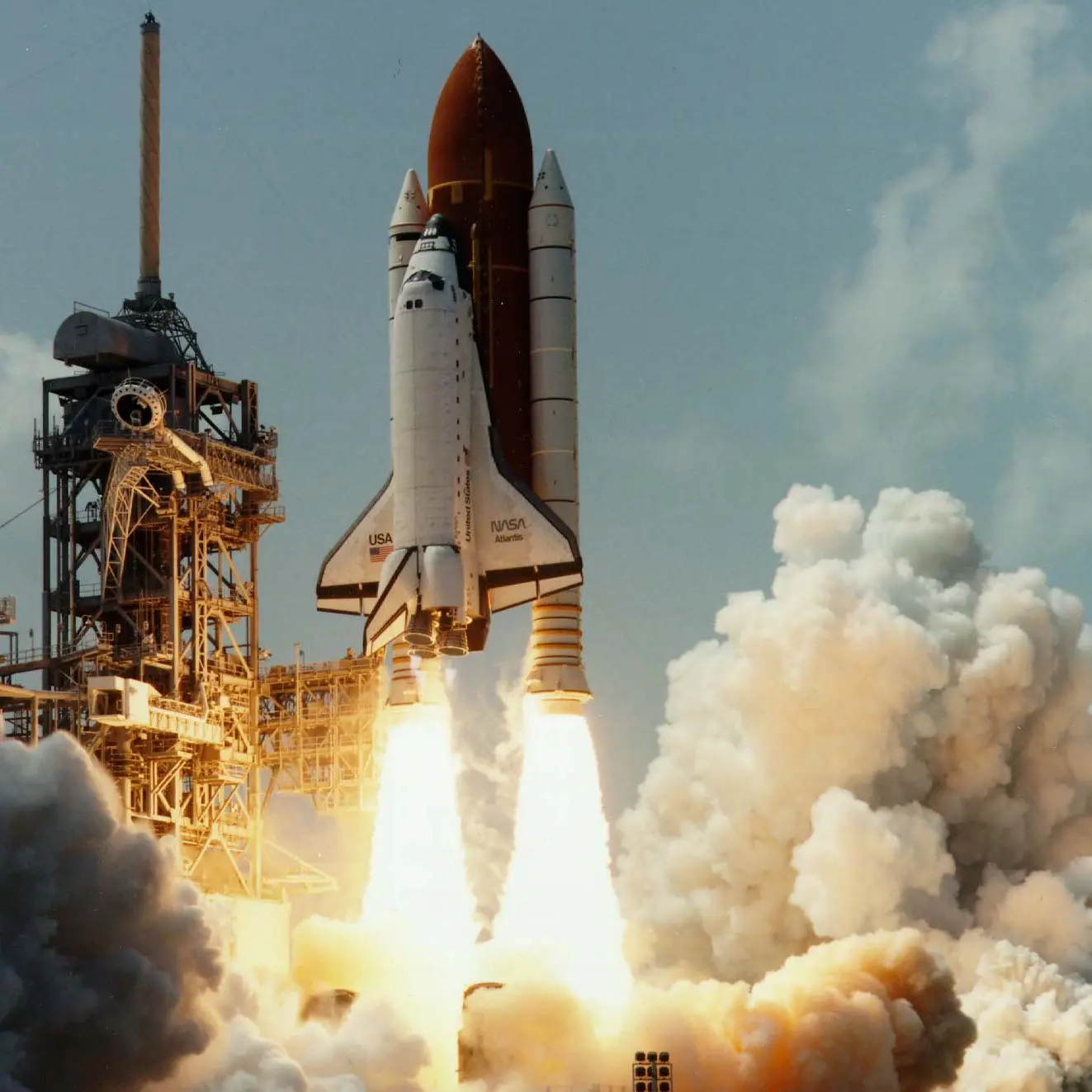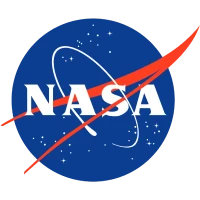/
STS-34R
Launch Success
Liftoff Time (GMT)
16:53:40
Wednesday October 18, 1989
Watch Replay
Official Livestream
Mission Details
STS-34R
The primary payload, the Galileo spacecraft with its attached Inertial Upper Stage (IUS), was successfully deployed on its journey to Jupiter. STS-34 was only the second shuttle flight to deploy a planetary spacecraft, the first being STS-30, which deployed the Magellan spacecraft. Besides the Galileo spacecraft, Atlantis' payload bay held two canisters containing the Shuttle Solar Backscatter Ultraviolet (SSBUV) experiment. SSBUV, which made its first flight on STS-34, was developed by NASA to check the calibration of the ozone sounders on free-flying satellites, and to verify the accuracy of atmospheric ozone and solar irradiance data. The experiment operated successfully. STS-34 carried a further five mid-deck experiments, all of which were deemed successful, including the Polymer Morphology (PM) experiment, sponsored by the 3M Company under a joint endeavor agreement with NASA. The PM experiment was designed to observe the melting and resolidifying of different types of polymers while in orbit. The Mesoscale Lightning Experiment, which had been flown on previous shuttle missions, observed the visual characteristics of large-scale lightning in the upper atmosphere.
Low Earth Orbit
22,064 kilograms
Rocket


Agency
NASAPrice
$450.00 million
Rocket
Height: 56.1m
Payload to Orbit
LEO: 27,500 kg
GTO: 3,810 kg
Liftoff Thrust
30,250 Kilonewtons
Stages
2
Strap-ons
2
Launch Site
Stats
Space Shuttle
31st
Mission
4th
Mission of 1989
1989
85th
Orbital launch attempt
